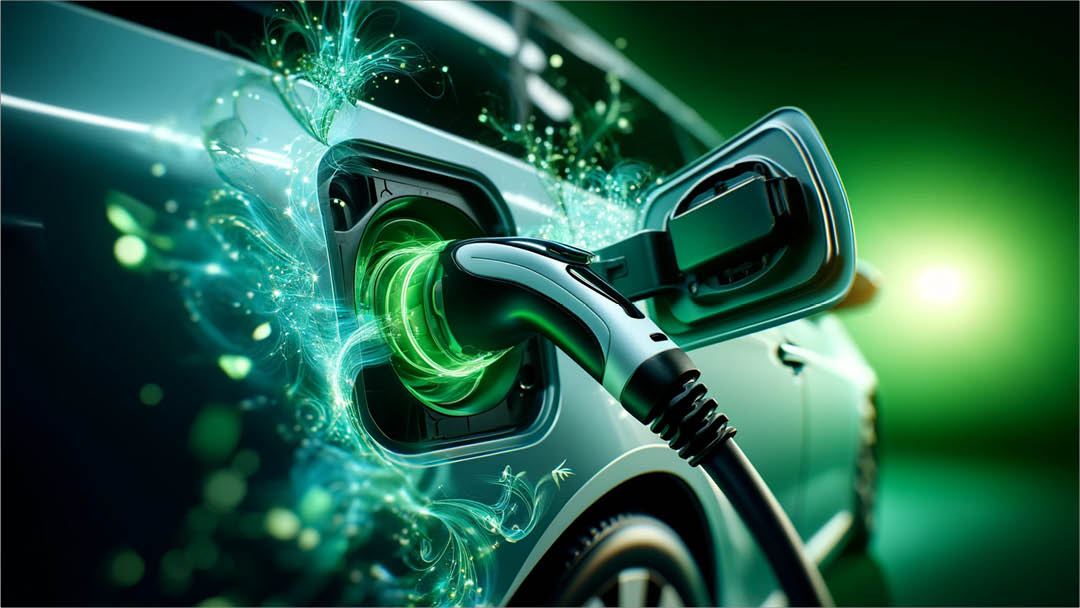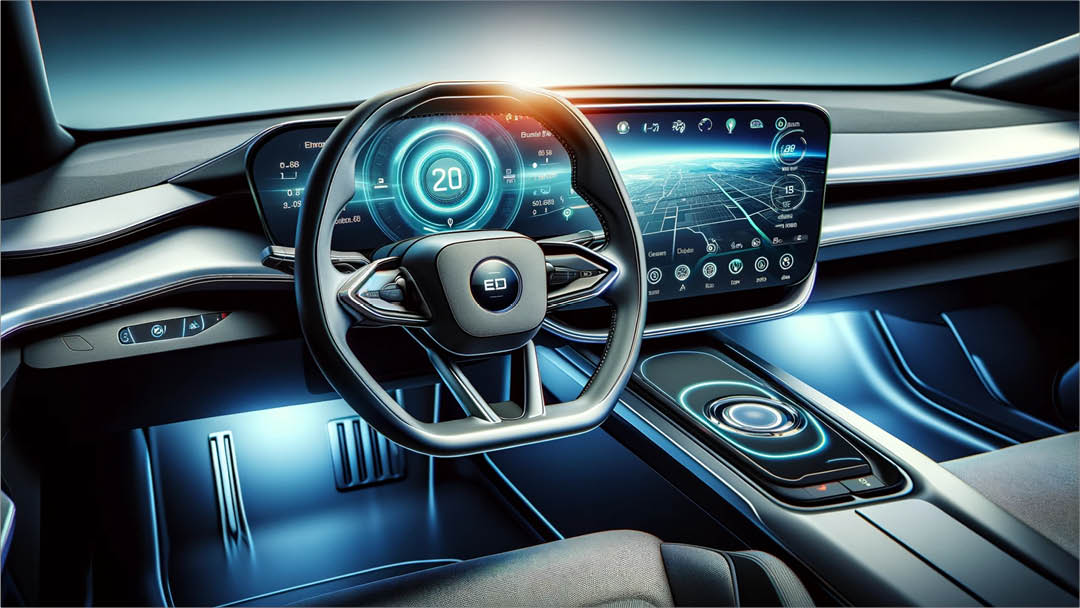In Brief
- Cars are no longer just vehicles; they’re becoming hubs of connectivity, enhancing safety, entertainment, and overall driving enjoyment.
- The connected cockpit seamlessly integrates your digital world into your vehicle for a more personalised and intelligent experience.
- Acsia leads the way in connected vehicle solutions, empowering automakers to create cockpits that meet the demands of the modern driver.
The traditional vehicle dashboard, once a static arrangement of gauges and simple controls, is undergoing a radical transformation. The connected cockpit is at the forefront of this evolution, harnessing the power of the cloud and multiple wireless technologies to elevate the driving experience and create a personalised, intelligent hub within your car.
The Benefits of a Connected Cockpit
Let’s delve into the specific ways a connected cockpit enhances every journey:
- Intelligent Navigation That Goes Beyond Maps: The connected cockpit leverages real-time traffic data, learns, and adapts to your preferred routes, and seamlessly integrates with online points-of-interest databases. Gone are the days of outdated maps or static navigation; you’ll always have the most accurate and efficient route at your fingertips.
- Your Digital Entertainment Hub on the Go: Streaming services bring a practically unlimited catalogue of music, audiobooks, and podcasts directly to your vehicle, leaving behind the limitations of radio or preloaded media. Depending on your vehicle, passengers may gain the ability to stream video content (when parked) thanks to robust wireless connections, turning the car into an entertainment zone.
- Vehicle-to-X (V2X) Communication: Imagine A Future of Proactive Safety Connected cockpits are the key to unlocking V2X communication, where vehicles can ‘talk’ to each other and to surrounding infrastructure like traffic lights. This enables real-time hazard warnings beyond the line of sight, potential accident prevention systems, and even optimisation of traffic flow for smoother, safer journeys.
- Remote Services and Diagnostics: Taking Convenience to the Next Level Forget fumbling for keys! Connected cockpits allow you to lock and unlock doors, start your vehicle, and even adjust climate control settings remotely using your smartphone. Maintenance is streamlined too, as connected systems enable mechanics to perform remote diagnostics, potentially addressing issues proactively and reducing unexpected breakdowns.
- Over-the-Air (OTA) Updates: Your Car, Continuously Evolving Similar to modern smartphones, the software behind the connected cockpit can be updated over the air. Automakers can roll out performance improvements, new features, and crucial security patches without the need for a dealership visit, ensuring your vehicle continually becomes more refined and secure.
Seamless Integration: The Key to a Successful Connected Cockpit
Creating a truly user-friendly connected cockpit requires overcoming several challenges:
- Reliable Connectivity: Features like real-time navigation and OTA updates demand consistent internet access. Automotive companies need robust solutions to maintain connectivity for a seamless user experience even in areas with spotty reception.
- Prioritising User Experience (UX): Balancing a wealth of connected features with safety is paramount. Intuitive interfaces, voice control, gesture recognition, and intelligent filtering of notifications are integral to maintaining the driver’s focus on the road.
- Cybersecurity: As cars become more connected, they become potential targets for hackers. Multi-layered security solutions, intrusion detection systems, and strong data encryption are vital to protect both driver privacy and critical vehicle systems.
Acsia: Driving the Future of Connected Cockpits
Acsia possesses the expertise and innovative spirit to meet the unique challenges of connected vehicle development. Here’s how we help automotive companies deliver a superior connected experience:
- Connectivity Mastery: We specialise in integrating diverse wireless protocols (cellular, Wi-Fi, Bluetooth, V2X standards) to ensure your cockpit remains connected, leveraging technologies that suit your vehicle’s price point and target customers.
- Human-Centric Design: Our team understands the importance of intuitive interfaces and a strong focus on driver safety. We craft connected features that enhance the journey without overwhelming the driver.
- Security at the Core: Acsia’s security-first approach involves robust encryption, secure communication protocols, and proactive measures to protect your vehicles and user data.
Ready to elevate your vehicles with the power of a connected cockpit? Explore Acsia’s suite of connected vehicle solutions. Visit our website to learn how we can transform your vehicles into intelligent hubs on the go.










